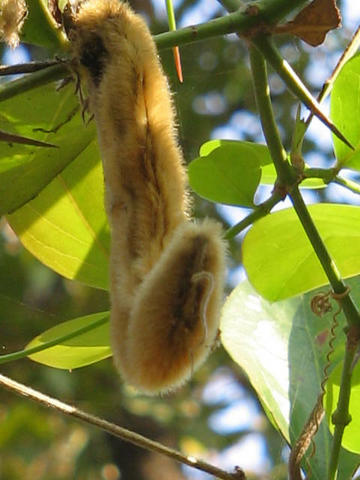Just when you thought the zombie apocalypse couldn't get any worse... now we have roaches to worry about! Fortunately, zombie roaches in the wild are not aggressive, brain-sucking insects. It turns out that the wasps that make the zombies are what we should really be concerned about.
 |
Jewel Wasp (A. compressa)
Image courtesy of Morphbank.net |
The Jewel Wasp (
Ampulex compressa) has an elegant and extremely sophisticated method to secure a good home for its eggs. It attacks and injects a cocktail of neurotransmitters into the brain of a roach, effectively turning it into the slave of the wasp (Educated Earth has a good video of this process, see
here). The wasp then drags the roach to a suitable location and lays its eggs in the abdomen. The roach is hypokinetic for several days until the larvae hatch and then they slowly consume the host. Interestingly, the larvae eat the internal organs in a way that maximizes the lifespan of the roach. It's a morbid process, but how the wasp achieves this zombification is truly incredible.
The wasp actually stings the roach twice. The first sting is to the thorax and produces a mild and very transient anesthetic that paralyzes the front legs. A study by Moore et al. (
abstract) showed that the active components of the first sting activate GABA receptors (GABA itself, and receptor agonists beta-alanine and taurine). During the minute or so of action, the wasp then stings the roach again, but in a very precise location within the brain. In a sense, the wasp is acting like a brain surgeon, who needs their patient to remain still while a precise operation is done. This second injection is a cocktail of neuroactive compounds that have very specific effects on the roach's brain. After the anesthetic wears off, the roach grooms itself excessively and then becomes lethargic. It is not paralyzed, just sluggish. When the first studies on
A. compressa were done, there was a great deal of controversy over whether the venom was delivered to the central nervous system, or directly to the site of action in the brain. In an elegant study by Haspel et al. (
abstract), they milked the venom from wasps and injected them with radiolabeled carbon (14C). This meant that the fresh venom produced by the wasp would contain the radiolabel. Haspel could then visualize the location of the venom in the roach brain by taking pictures of brain slices. Those of you who think that would be cool as hell, raise your hand!!
Anyhow, it was found that the neurotoxin attacks the brain directly, with the most venom at the supra-esophageal ganglia (SupEG) and the sub-esophageal ganglia (SEG). In insects, these areas are thought to provide "higher order" brain function. A recent study by Gal et al.(
abstract) found that the venom affects the drive to initiate and maintain walking. Other motor skills (like flying, swimming, self-righting) were not affected. Based on the electrochemical difference between stung and unstung wasps, they concluded that stung wasps had a deficit in the ability to "reach a decision" to walk. There must be human versions of this wasp because I swear, there are days when I have trouble reaching the decision to get off the couch.
A follow-up study by Gal et al in 2010 (
PLoS article) made another very interesting discovery. Roaches who had their brain ganglia removed were stung for a much longer period of time (196 sec) than normal roaches (39 sec). Why? Because the wasp was actively seeking this part of the brain and couldn't find it! What does it search for? A specific morphology? A defined depth within the brain? Nobody knows. Furthermore, why is it so important for the wasp to target this region so specifically? The answer is also still open to speculation but this has zombie written all over it. The wasp needs the roach to be compliant to move it into the proper position for incubation of the larvae, but resist the urge to flee for several days. So, the venom basically takes away whatever "freewill" the roach might have had.
 |
Octopamine
(image courtesy of Wikidocs) |
So, what is this supernatural cocktail? Not a whole lot is known about the composition of the venom (another great project for biohackers or kids looking for obscure science fair projects). I will post more details later but one key component appears to be an antagonist of the octopamine receptor. Octopamine is a monoamine neurotransmitter that is specific to invertebrates and OA levels are known to be associated with the hypokinetic state. Several years ago, Rosenberg et al. (
abstract) gave roaches a octopamine receptor agonist and found that motor activity in stung subjects was at least partially restored. Other receptor agonists and antagonists had little effect. This is certainly one clue about how
A. compressa makes zombie cockroaches but for now, the rest of the process is all voodoo.








